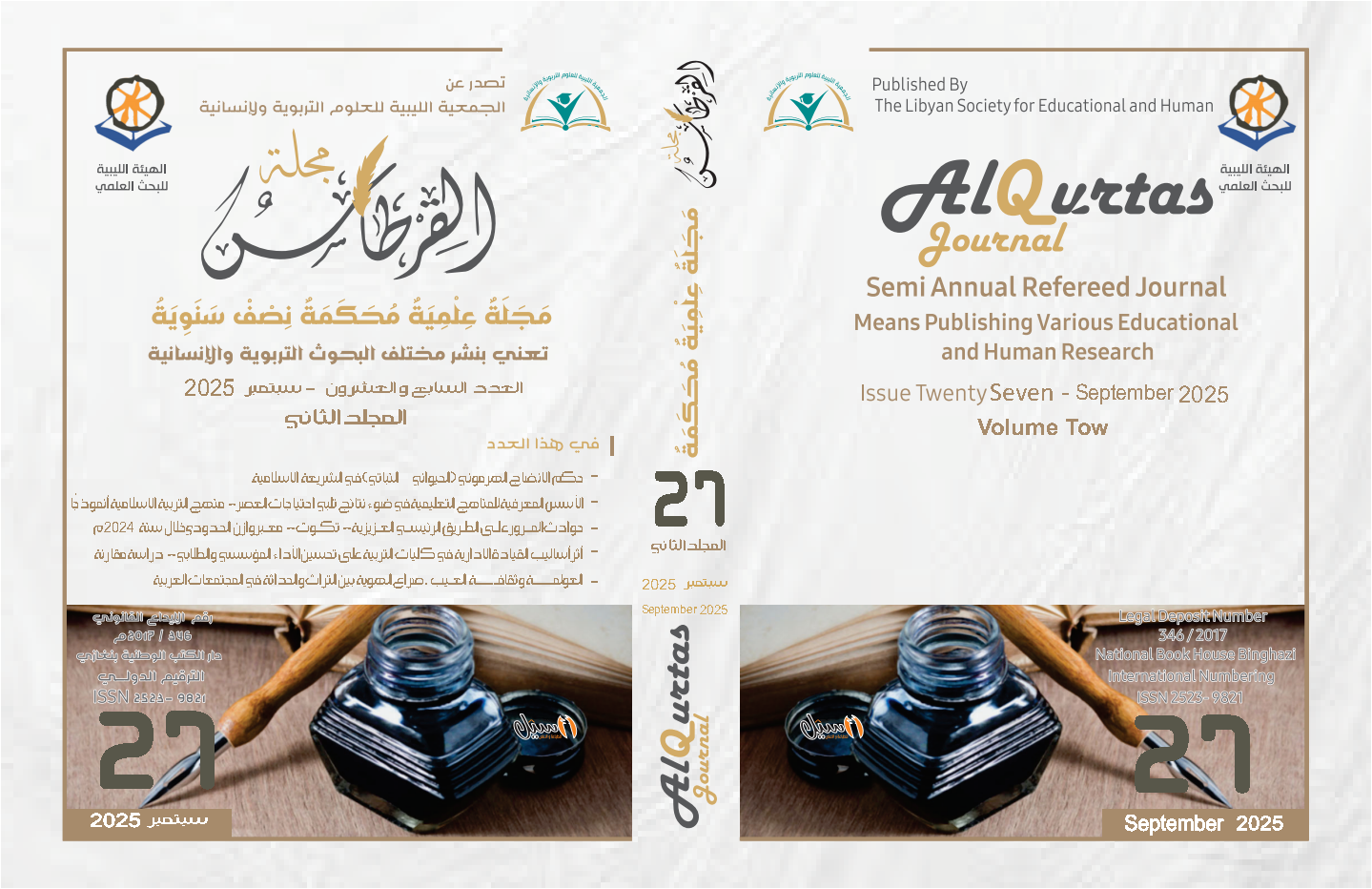"The Role of the Close-Up in Artistic and Aesthetic Employment in Cinema"
Main Article Content
Abstract
The close-up is considered one of the fundamentals of visual narrative. It is through this that the language of the image is revealed, conveying meaning and significance. It is most notable as a unique expressive artistic tool, transcending visual description to profound psychological and semantic levels, capable of internalizing emotions and embodying subtle feelings. These shots are extremely important in defining the relationship between the character and the viewer. They draw attention to facial expressions and emotional details, giving the work a particularly impactful dimension. The close-up shot is used within an artistic framework to influence the viewer, whether by intensifying the dramatic aspect or strengthening the emotional connection with the characters. In light of its aesthetic employment, the close-up interacts with other filmic elements, such as lighting, camera angles, and frame size, to form a cohesive cinematic language. Its expressive functions are also evident in the transition between general and long shots, creating a visual rhythmic balance and highlighting the connotations of place, time, and characters, demonstrating its narrative and visual energy simultaneously. We conclude by emphasizing that the close-up shot is no longer just a photographic technique, but has become an analytical tool that penetrates the depths of the character’s psychological structure, and constitutes a philosophical dimension in cinematic expression, which makes it a central element in cinematic language.
Downloads
Article Details

This work is licensed under a Creative Commons Attribution-NonCommercial 4.0 International License.

